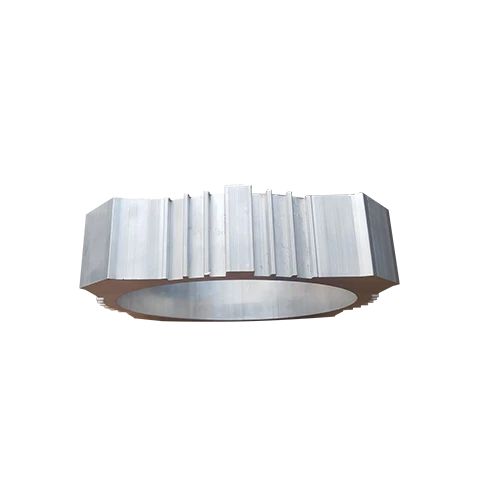Mobile:+86-311-808-126-83
Email:info@ydcastings.com
aluminum foam casting
Aluminum Foam Casting A Breakthrough in Lightweight Materials
Aluminum foam casting is an innovative manufacturing process that combines the benefits of aluminum's lightweight and durable properties with the unique characteristics of foam. This technique has garnered significant attention in various industries, including automotive, aerospace, and construction, due to its ability to create materials that are not only strong but also offer excellent thermal and acoustic insulation.
What is Aluminum Foam?
Aluminum foam is a material composed of a solid aluminum matrix containing a high volume fraction of gas-filled pores. This foam structure gives aluminum foam its unique properties, such as low density, high energy absorption, and impressive stiffness-to-weight ratios. The foaming process allows for the integration of a network of voids within the aluminum matrix, resulting in a lightweight material that retains sufficient structural integrity.
Production Process
The production of aluminum foam typically involves two primary methods the powder metallurgy route and the casting route. The casting method specifically refers to aluminum foam casting, where aluminum alloys are melted and mixed with a foaming agent to create a foamable mixture. This mixture is then poured into molds, where the foaming reaction occurs, resulting in the formation of aluminum foam.
During the casting process, certain additives and blowing agents are incorporated into the aluminum alloy. These agents generate gas within the molten aluminum, causing it to expand and form a cellular structure as it solidifies. The result is a foam that can be tailored to meet specific mechanical and physical properties, making it suitable for various applications.
Applications and Advantages
aluminum foam casting

The unique properties of aluminum foam make it highly desirable for several key applications. In the automotive industry, aluminum foam is used in crash absorption components, enhancing safety while reducing vehicle weight to improve fuel efficiency. Its sound-dampening capabilities make it ideal for use in soundproofing applications, reducing noise levels in both vehicles and buildings.
In the aerospace sector, the lightweight characteristics of aluminum foam contribute to fuel savings and improved performance. Aerospace engineers often rely on aluminum foam in the design of aircraft components, where reducing weight without compromising strength is critical.
Additionally, aluminum foam finds a significant role in construction, where its thermal insulation properties can lead to energy-efficient building designs. When used in composite panels or as infill materials, aluminum foam enhances the structural integrity of buildings while promoting sustainability.
Challenges and Future Prospects
Despite its advantages, the widespread adoption of aluminum foam casting faces certain challenges. The production process can be complex, requiring careful control of temperature and foaming conditions to achieve the desired foam structure. Moreover, the initial cost of aluminum foam can be higher than traditional materials, which may hinder its acceptance in cost-sensitive industries.
However, ongoing research and technological advancements are paving the way for more efficient manufacturing processes and reduced costs. As the demand for lightweight and energy-efficient materials continues to rise, aluminum foam is expected to see broader applications and innovations in its production and integration.
Conclusion
Aluminum foam casting represents a significant leap forward in material science, offering an unparalleled combination of lightweight and robust properties. As industries increasingly prioritize sustainability and efficiency, aluminum foam will likely play a crucial role in engineering design and innovation. With its potential to revolutionize various sectors, aluminum foam casting stands at the forefront of the materials revolution, providing exciting opportunities for manufacturers and engineers alike. The future of aluminum foam holds promise as we continue to explore its capabilities and applications in modern engineering.
-
Understanding Metal Casting TechniquesNewsApr.02,2025
-
Understanding Exhaust Manifolds for Enhanced Engine PerformanceNewsApr.02,2025
-
The World of Metal FabricationNewsApr.02,2025
-
Key Components for Pump and Turbo EfficiencyNewsApr.02,2025
-
Essential Tools for Automotive Maintenance and RepairNewsApr.02,2025
-
Durable Valve Components for Effective Water ManagementNewsApr.02,2025











